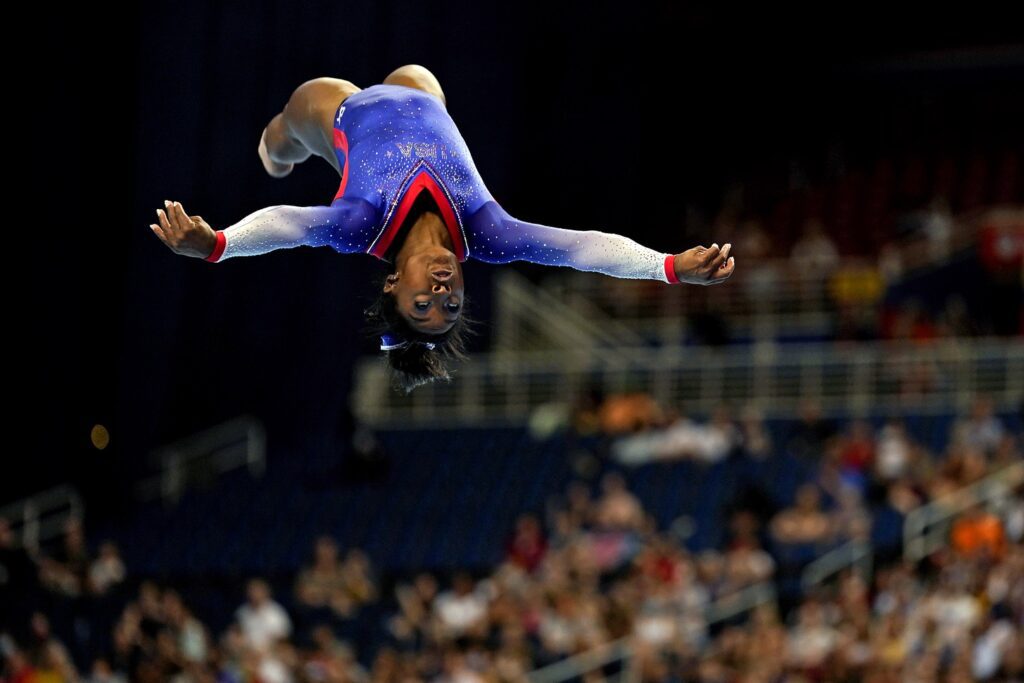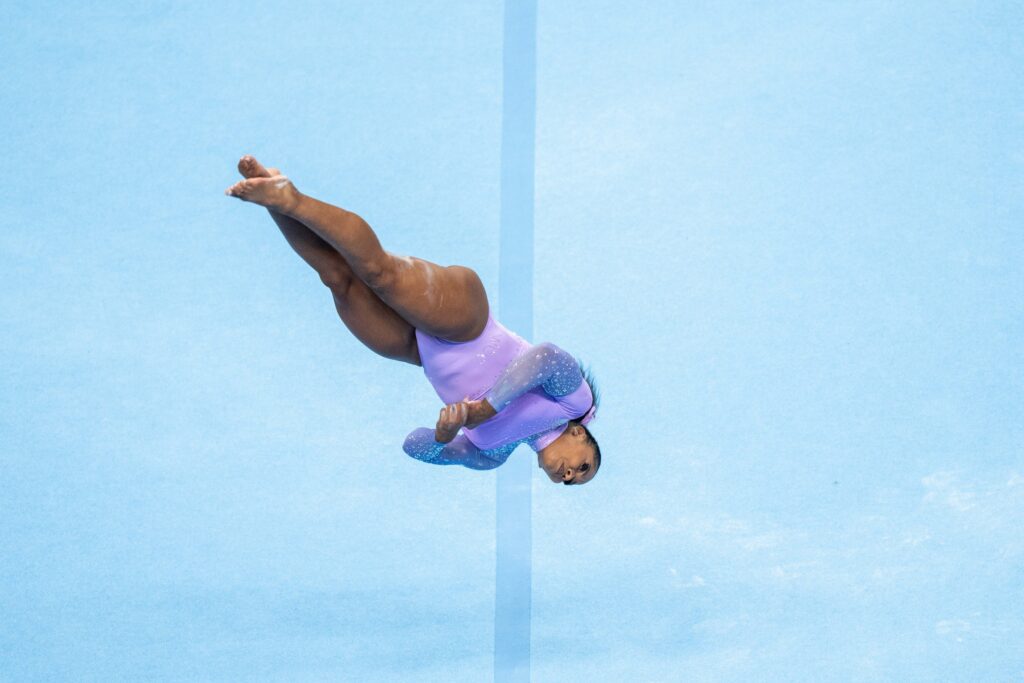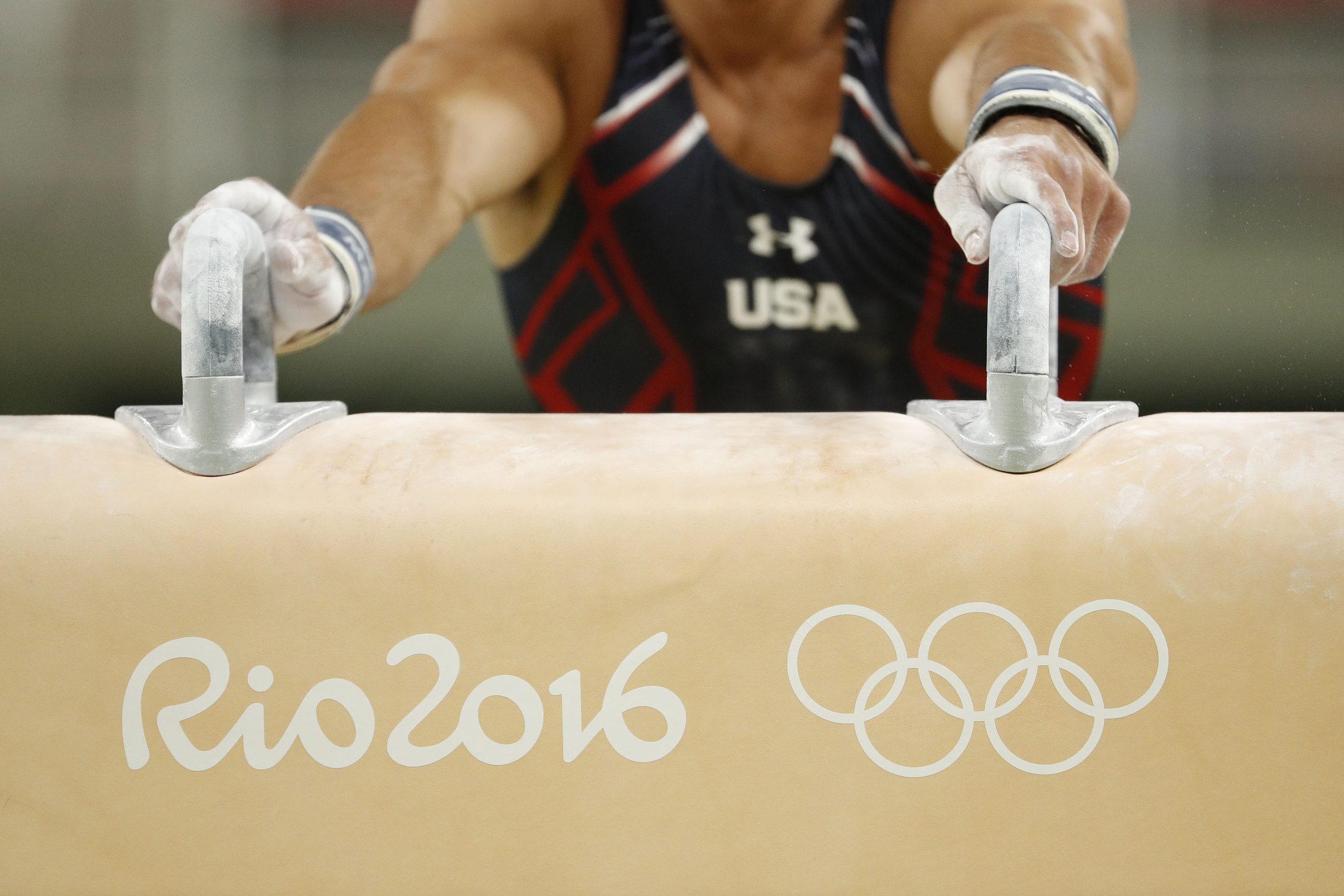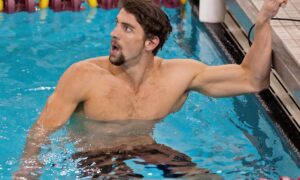The aerial cartwheel represents one of gymnastics’ most exhilarating skills that athletes can master. This dynamic move requires performing a cartwheel without using your hands, creating a moment of weightless rotation that captures both audience and performer alike. The aerial combines grace, power, and precision in a way that few other gymnastic elements can match. The sense of accomplishment when landing your first aerial makes all the preparation worthwhile, as you join the ranks of advanced gymnasts who have conquered this impressive feat. From recreational gymnasts to Olympic champions, the aerial remains a crowd-pleasing element that showcases both athletic ability and artistic expression. Let’s dive into the essential components and training methods on how to perfect your aerial!!
Building The Fundamental Skills
The success in aerial cartwheels stems from mastering several prerequisite skills that develop essential strength and body awareness. The journey begins with perfecting a traditional cartwheel, ensuring precise form and consistent execution. Athletes then progress to one-handed cartwheels, which build confidence in reducing hand support. Front and back walkovers develop the spatial awareness and body control necessary for aerial rotation. Powerful split leaps cultivate the explosive strength required for successful takeoff.
The Four Phases of an Aerial
The aerial consists of four distinct phases that flow together in one fluid motion, each playing a crucial role in the successful execution of this advanced skill. Understanding and mastering each phase helps athletes break down this complex movement into manageable components.
- The Setup Phase
The foundation of a strong aerial begins with a precise and powerful setup. This initial phase demands a deep lunge position, where the front leg bends to approximately 90 degrees while the back leg remains straight and loaded with potential energy. The arms drive upward with purpose, reaching full extension overhead to create maximum leverage for the upcoming rotation. Body positioning during setup directly influences the quality of the entire skill. Athletes must maintain an upright torso and keep their gaze forward, establishing proper alignment before initiating movement.
2. The Takeoff Phase
From the lunge, gymnasts explosively push through their front leg while simultaneously driving their back leg upward with maximum force. Olympic champion Simone Biles exemplifies perfect body tension during this critical moment, demonstrating the importance of maintaining tight form through each phase. The takeoff requires precise timing between the leg drive and arm swing, creating the momentum necessary for rotation. This phase often determines the height and power of the aerial, making it crucial for successful execution.

3. The Flight Phase

During flight, athletes experience a moment of weightlessness as they rotate without hand support. This phase demands unwavering focus and exceptional body control. The core must remain tight, legs straight, and toes pointed to maintain proper form throughout the rotation. Gymnasts learn to feel their position in space, relying on kinesthetic awareness rather than visual cues. The arms stay close to the body during rotation, helping to control the speed and direction of movement. This suspended moment, though brief, requires the most technical precision and mental focus.
4. The Landing Phase
The final phase brings all elements together as the athlete prepares for landing. Gymnasts must time their rotation perfectly to open their body position at the right moment, allowing for a controlled descent. The landing leg absorbs impact through a practiced combination of ankle, knee, and hip flexion, while the upper body remains tall and controlled. Arms extend outward for balance, helping to stabilize the landing and prevent unnecessary steps. A successful landing demonstrates both technical proficiency and artistic grace, as the athlete seamlessly transitions from dynamic rotation to a stable, grounded position.
Mastering these four phases requires dedicated practice and attention to detail. Each component builds upon the previous one, creating a seamless flow of movement that characterizes a well-executed aerial. Athletes must develop strength, flexibility, and body awareness specific to each phase while learning to connect them smoothly into one cohesive skill. Through consistent practice and proper progression, these distinct phases eventually merge into a single fluid motion that epitomizes the beauty and power of gymnastics.
Result of Mastering Your Aerial
Mastering the aerial cartwheel represents a significant milestone in a gymnast’s journey. Remember that individual progress follows unique timelines, making it essential to focus on personal development rather than external comparisons. With consistent dedication to proper technique and safety, the aerial becomes an achievable and rewarding addition to any gymnast’s skill set. The journey of mastering an aerial not only builds physical strength and technical prowess but also develops mental resilience and self-confidence that extends beyond the gymnasium. As you continue your training, celebrate each small victory along the way, knowing that every perfectly executed aerial began with a single step toward this impressive achievement.









